Hungarian Grey Cattle at Lake Balaton
The Hungarian Grey Cattle is an endagered species of cows that live around lake balaton and ins ome areas of Hungary. I just read that the species was pretty endangered just some time ago but due to efforts of the Hungarian Government the numbers are increasing again. I found them at Lake Balaton where there are some herds of these cattle situated and it was possible to get close to them with the safety fo an electric fence and eventhough they have very large horns somehow their behaviour is very calm. Eating, sleeping and lying on the ground is their main activity. We were hiking to their spot over a nice meaddow and stayed there for some pictures of the cattle and also some birds that flew around there. The bird activity was not that great, some where singing but seeing them was a bit difficult.
Hungarian Grey cattle. Picture: Florian Glechner.
| Camera used | Nikon Z6II |
|---|---|
| Lens used | Sigma 150-600 mm lens |
| Filter used | none |
| Exposure Time | 1/1250 Seconds |
| Aperture used | F6.3 |
| Focal Length | 390 mm |
| Time | 10:06 am |
| ISO | 1000 |
When I saw them I was a bit fantasizing about the good meat and a steak they would be, but because I know there are only a few of them left, I prefer some other cow steak at least some time. I don't eat steak that often anyway but when I do I prefer a very good one. The Hungarian Grey Cattle are attraction there near Lake Balaton, so quite some people are visiting them to watch them. In the early morning we were alone there but a little later the first people came to see them so we decided to change the spot and visit the next birdphotography spot.
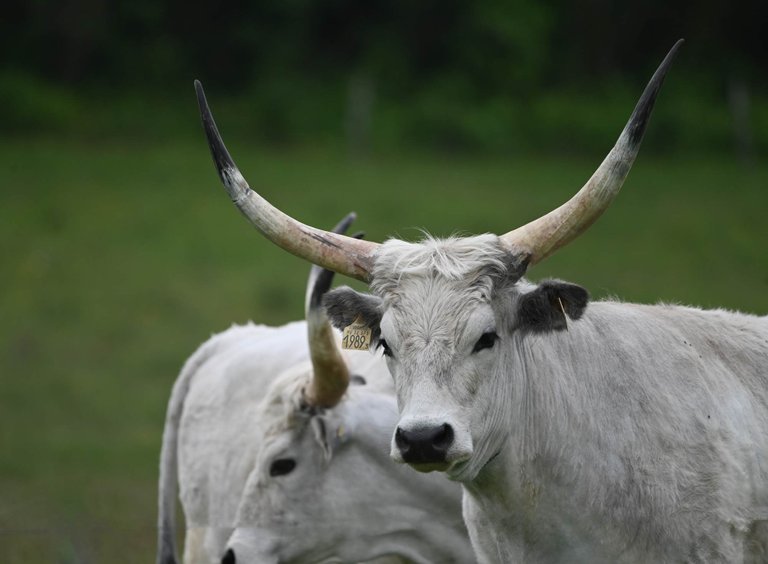
Calm Cow species but with big Horns. Picture: Florian Glechner.
| Camera used | Nikon Z6II |
|---|---|
| Lens used | Sigma 150-600 mm lens |
| Filter used | none |
| Exposure Time | 1/1250 Seconds |
| Aperture used | F6.3 |
| Focal Length | 390 mm |
| Time | 10:02 am |
| ISO | 1000 |
I think they are beautiful with their big horns. Picture: Florian Glechner.
| Camera used | Nikon Z6II |
|---|---|
| Lens used | Sigma 150-600 mm lens |
| Filter used | none |
| Exposure Time | 1/1250 Seconds |
| Aperture used | F6.3 |
| Focal Length | 390 mm |
| Time | 10:02 am |
| ISO | 1000 |
Hungarian Grey Cattle. Picture: Florian Glechner.
| Camera used | Nikon Z6II |
|---|---|
| Lens used | Sigma 150-600 mm lens |
| Filter used | none |
| Exposure Time | 1/1250 Seconds |
| Aperture used | F6.3 |
| Focal Length | 390 mm |
| Time | 10:03 am |
| ISO | 1000 |
Hungarian Grey Cattle. Picture: Florian Glechner.
| Camera used | Nikon Z6II |
|---|---|
| Lens used | Sigma 150-600 mm lens |
| Filter used | none |
| Exposure Time | 1/1250 Seconds |
| Aperture used | F6.3 |
| Focal Length | 450 mm |
| Time | 10:04 am |
| ISO | 1000 |
Hungarian Grey Cattle. Picture: Florian Glechner.
| Camera used | Nikon Z6II |
|---|---|
| Lens used | Sigma 150-600 mm lens |
| Filter used | none |
| Exposure Time | 1/1250 Seconds |
| Aperture used | F6.3 |
| Focal Length | 390 mm |
| Time | 10:05 am |
| ISO | 1000 |
Hungarian Grey Cattle. Picture: Florian Glechner.
| Camera used | Nikon Z6II |
|---|---|
| Lens used | Sigma 150-600 mm lens |
| Filter used | none |
| Exposure Time | 1/1250 Seconds |
| Aperture used | F6.3 |
| Focal Length | 520 mm |
| Time | 10:06 am |
| ISO | 1000 |
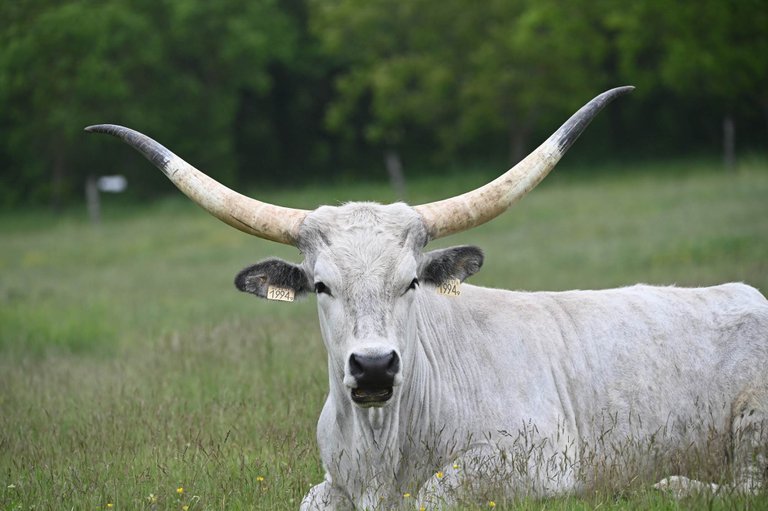
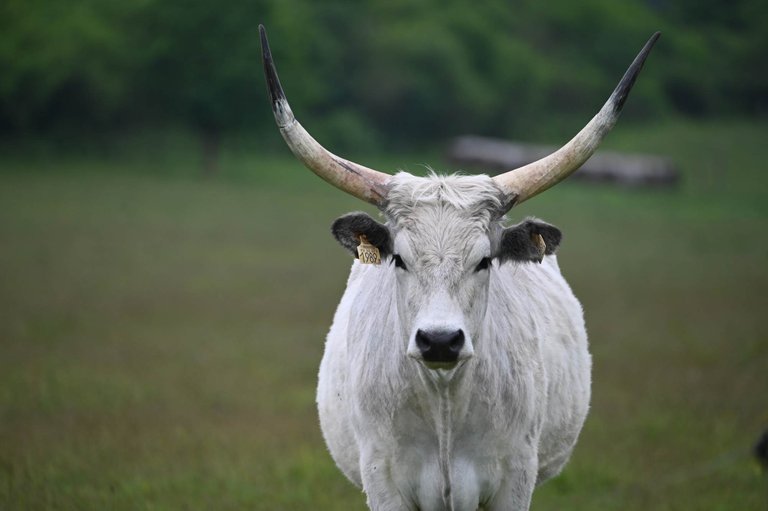
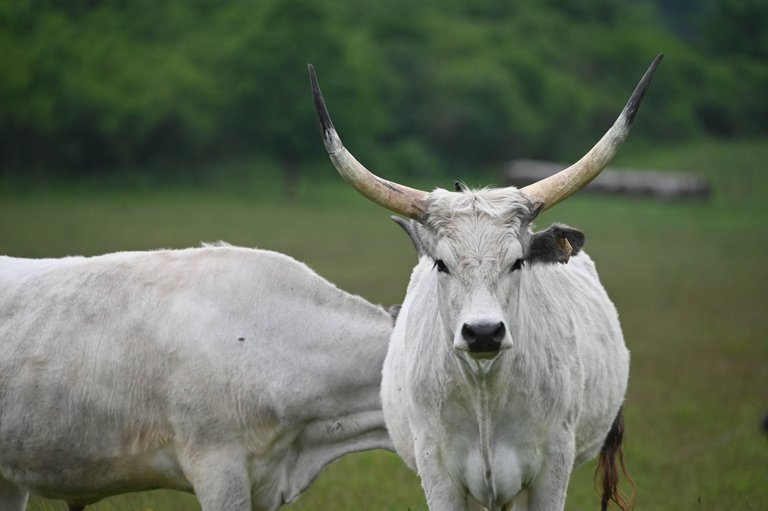
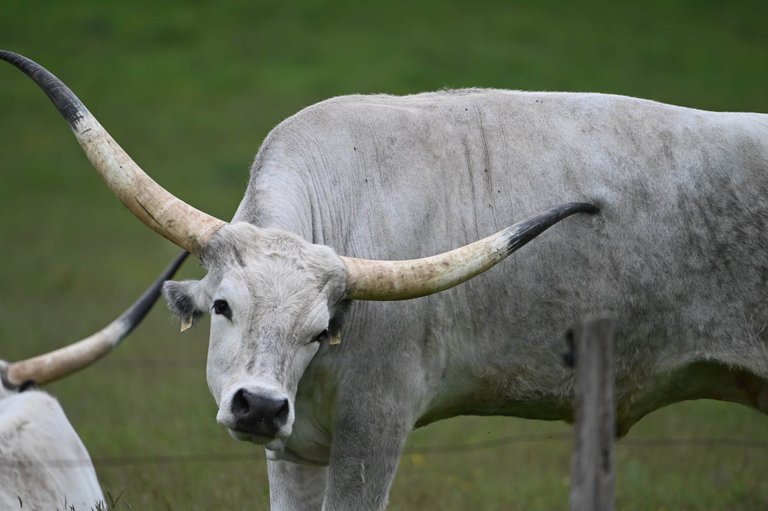
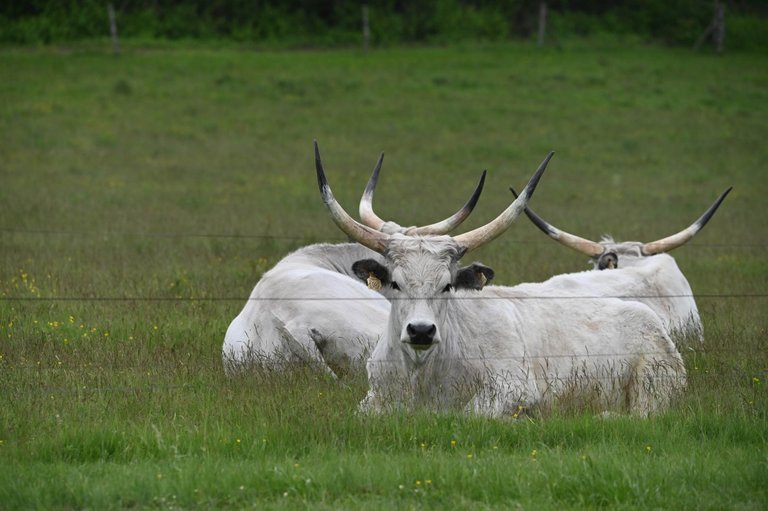
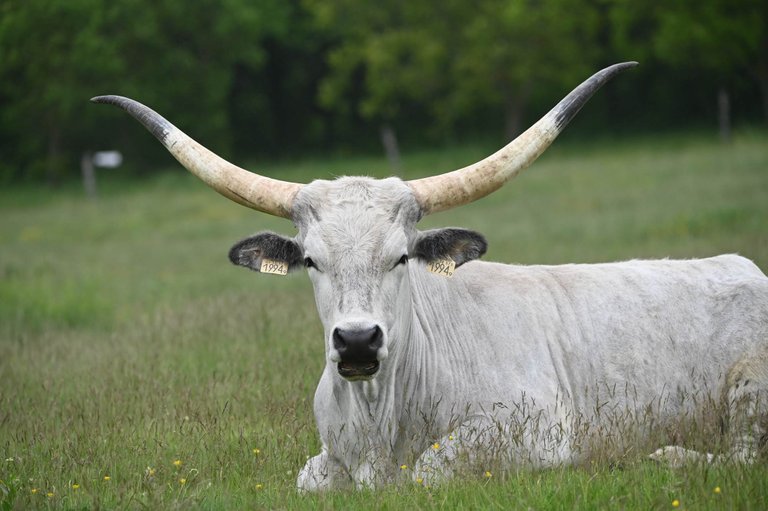
These are some amazing creatures! I never knew that domestic (I presume they are domestic) cattle could be endangered. They are really beautiful and magnificent with the long horns. We have some similar ones close to where I live. I wish I could photograph them, like you did. Amazing creatures and I hope that some farmers will make breeding programs.
Update. They are domesticated... Nowadays you can see them only in reservation...
Hey, they are not domesticated, as I know. (I am also from Hungary)
Oh wow, that is so interesting, thank you so much for the comment. I will go and read about them now, as I really love this idea of undomesticated or wild cattle. Are they part of a wild/game reserve? Or are they one property owned by farmers (and so on)? Sorry for all the questions! Stay well.
I am terrible sorry, I informed you not correctly. That used to be a domesticated race. But nowadays you can see them only in nature reservate or as a tourist attraction. That was a possible ground I informed you false. I have never seen it in a farm or so. And I wanted to write you more information,as I read by the research, that I knew that wrong. Apologize again
No worries, thank you so much for this! It is still very interesting how domesticated breeds can in turn get "un-domesticated" like this. Are they "wild" in the sense that they are "estranged" from humans again?
No, they are grassing calm and noble, even if a human goes along. But I didn't try to go close... They behave as cows outside...
Yes, that is the problem of getting too close! I have had some nasty memories of getting too close. But they look amazing, I love the cow species with the extremely long and interesting horns.